Controlling nerve cells with light opened up new ways to study the brain!
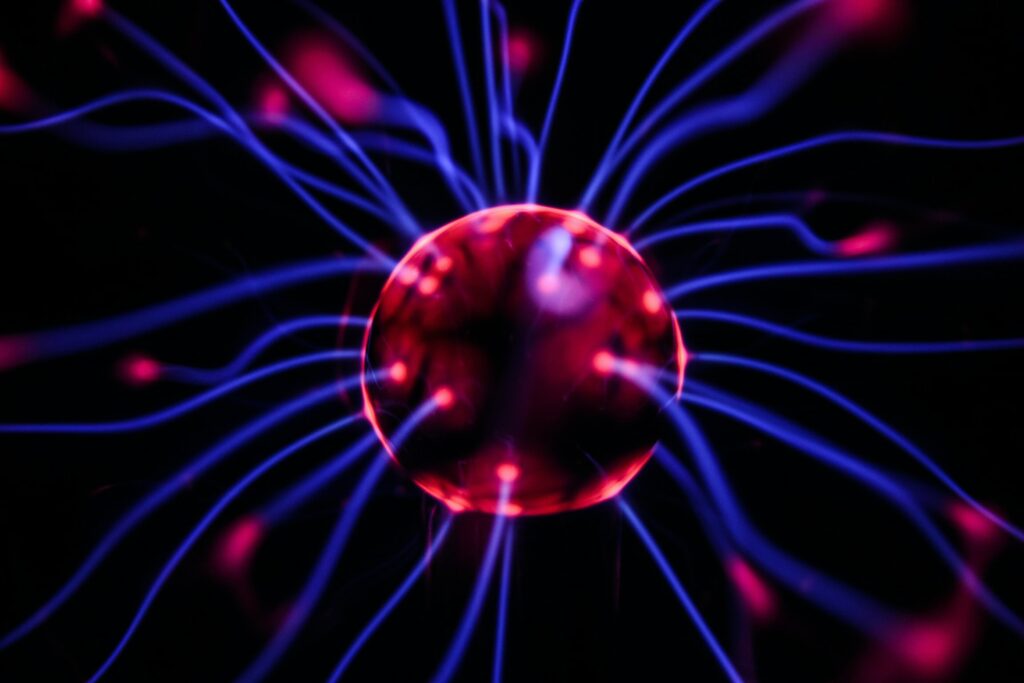
The brain presents different states based on the communication between billions of neurons, and all our perceptions, memories and behaviors are based on that network. It is often considered a black box that is difficult for clinicians and researchers to access, as there are few and limited tools available to perform precise studies in space and time on neuronal behavior in the brain.
Can you imagine controlling the brain with light? Researchers have managed for the first time to control neural activity in the brain using a molecule that responds to light. The study describes the first way to directly photomodulate brain state transitions in vivo.
The results show that this new cholinergic molecule (related to choline activity, and typically refers to neuronal circuits, drugs, molecules, and proteins that use, transport, or modify the activity of the neurotransmitter acetylcholine), called PAI (for Phthalimide- Azo-Iper) can specifically and locally control acetylcholine receptors, an important brain neurotransmitter in numerous processes such as learning, attention or memory.
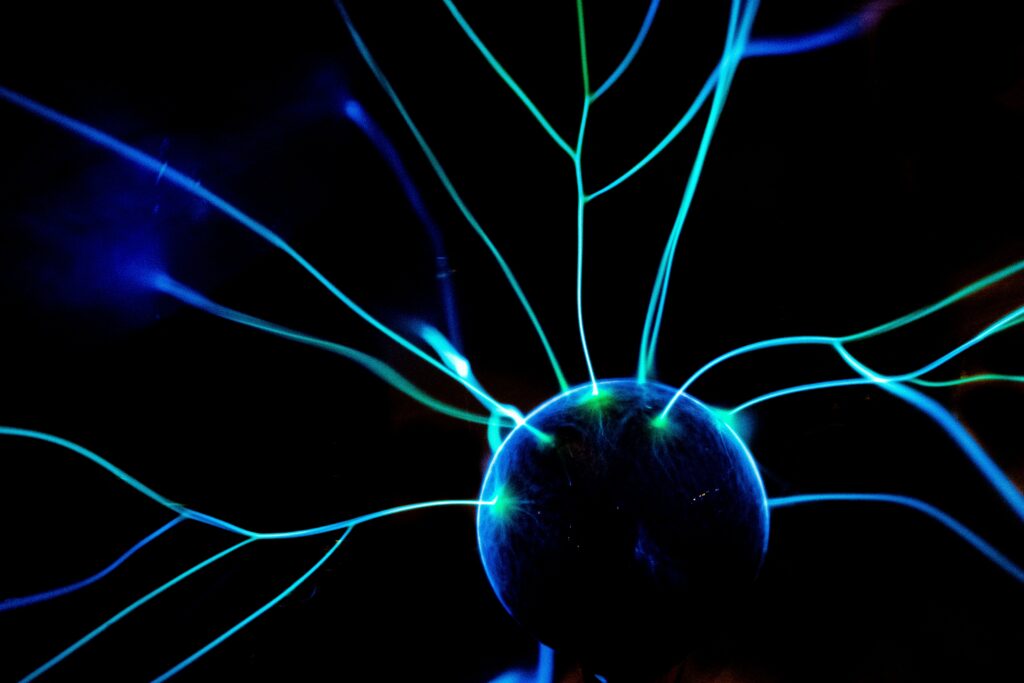
Transitions between brain states, such as going from being asleep to awake, or waking up from a coma, are based on the transmission of chemical and electrical signals between groups of neurons involved in different functions. Current techniques to modulate neuronal activity, such as transcranial magnetic stimulation or ultrasound, have low spatiotemporal precision and a low spectrum of action. A high-precision technique that also uses light to control neurons is optogenetics, but it depends on genetic manipulation, making it difficult to use in humans for safety reasons.
Now, researchers have applied photopharmacology to address those problems. To do this, they used a new molecule PAI (from Phthalimide-Azo-Iper), which responds to light and allows controlled spatiotemporal modulation of brain neurons. This molecule binds to and controls the activity of muscarinic cholinergic receptors, which recognize acetylcholine and are key in neuronal interaction and communication. Using this approach, cholinergic innervation-dependent brain state transitions can be controlled by light using drugs whose chemical design makes them photosensitive.
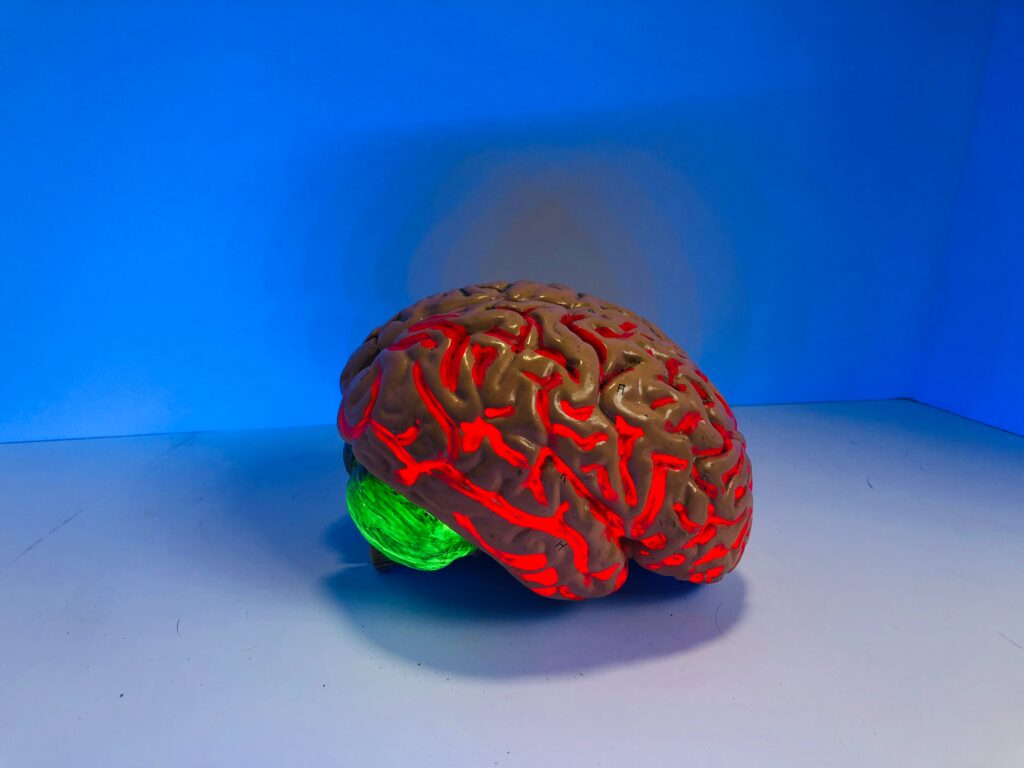
Control of neural activity in the brain is key to conducting both basic and applied research, and to developing safe and precise techniques for conducting therapeutic brain interventions in clinical neurology.
What do you think?

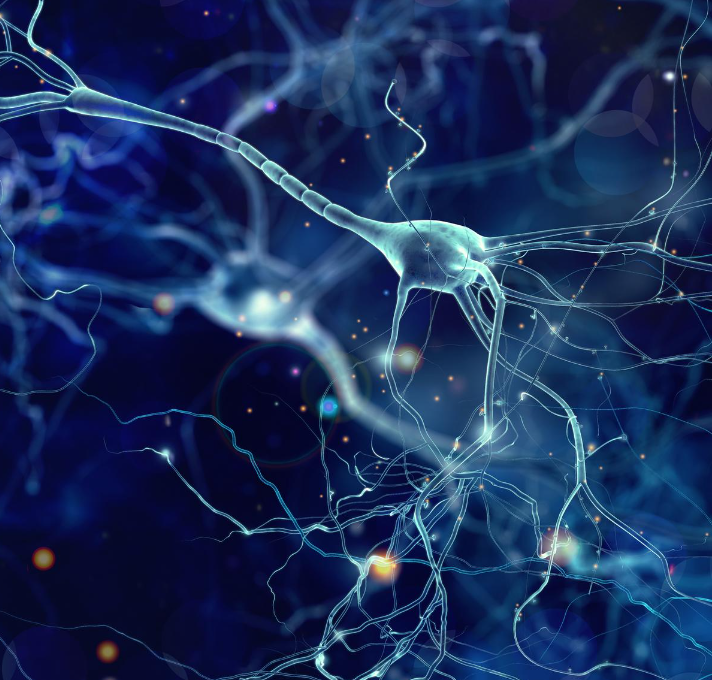
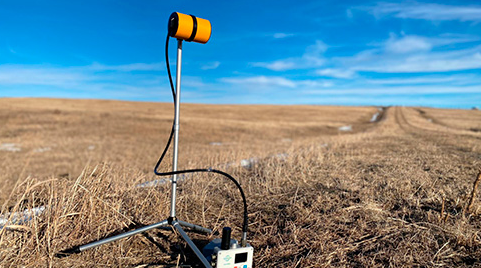


Responses